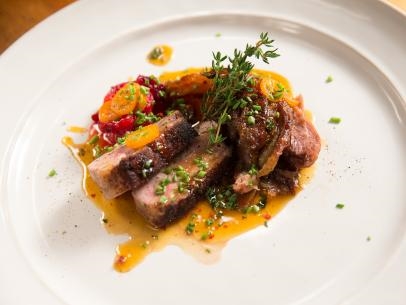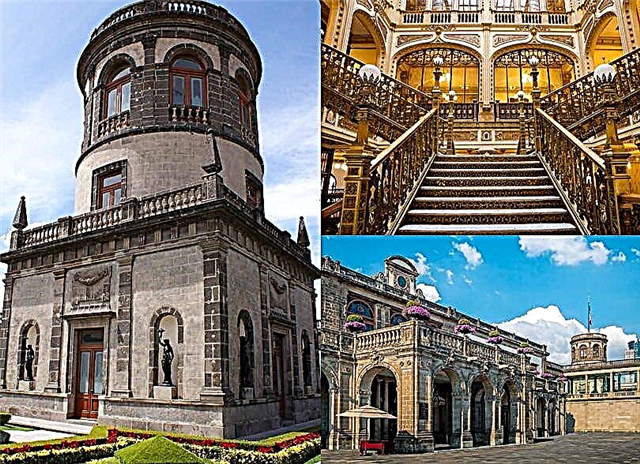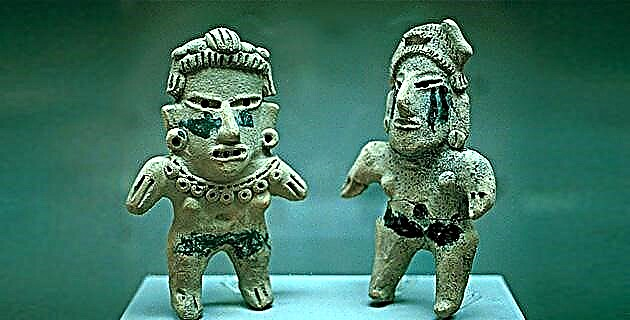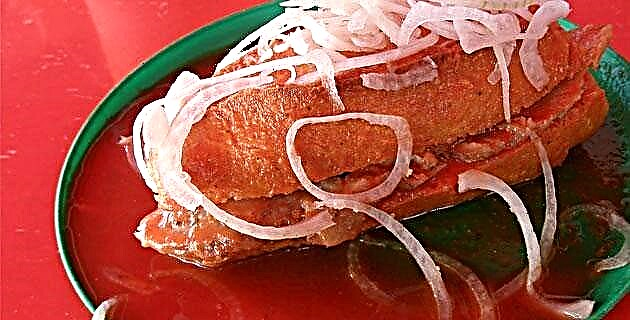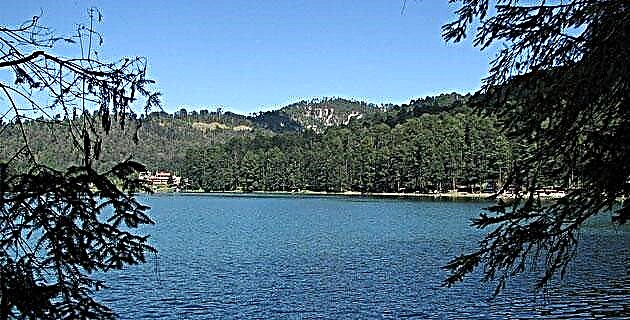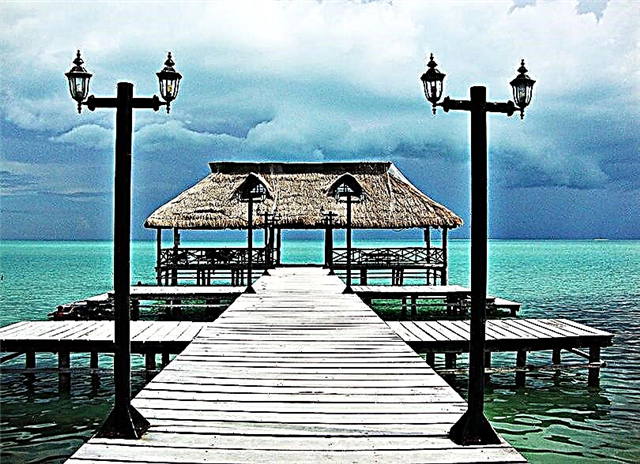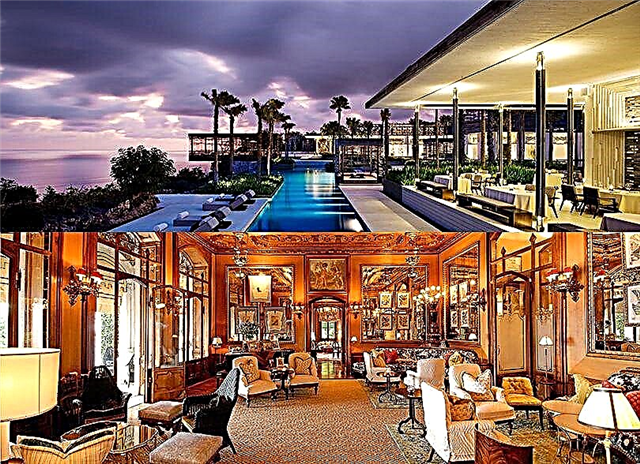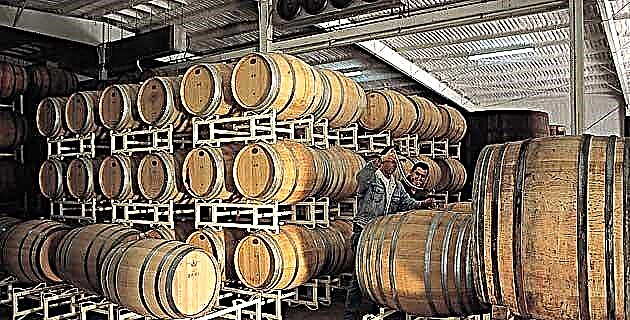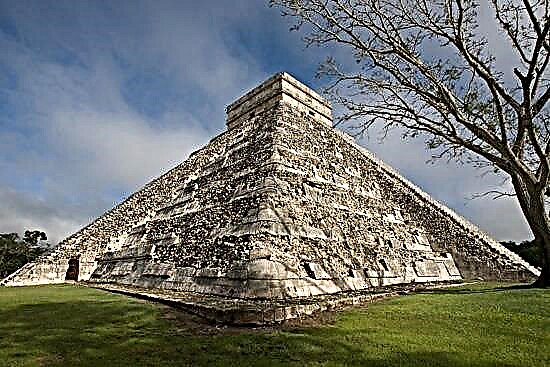
True masters of working in stone, clay or paper, the Mayans managed to capture in these supports and in their imposing monuments, their wonderful conception of man and the universe. Find out!
White Pizote was to finish soon the last lintel of the temple dedicated to Kinich Ahau, the Great Lord of the Solar Face, the Sun God, which would be inaugurated by Lord Shield Jaguar l of Yaxchilán. On the lintel (today identified as 26) said ruler was portrayed at the time of receiving from his wife, Mrs. Xoc, of the Calakmul lineage, a jaguar head, symbol of the ruler and the solar god with whom he identified himself, and the rectangular shield that marked him as a warrior. The group of artists from Pizote Blanco's workshop had sculpted the other lintels of the temple, all of which bore the signature of the famous sculptor.
The architects, meanwhile, plastered the stone walls so that the painters could begin their work; They would adorn the interior of the temple with a colorful document of religious ceremonies, under the gaze of divine beings. Everything should be ready by day 1 Imix 9 Kankin.
The Mayans developed an extraordinary sculptural and pictorial art, closely associated with the architecture of the spaces where religious worship was carried out and political activities were concentrated. The buildings were constructed of masonry and covered with thick layers of stucco or with polished stones.

Generally the constructions were adapted to the cardinal points and the trajectories of the stars, and the sites chosen to build the cities presented geographical characteristics that for them possessed sacred qualities. The ceremonial spaces, which were usually found in the center of large cities, were built as microcosms that symbolized the great spaces of the universe: heaven, earth and the underworld.

In addition to architecture and sculpture, its extraordinary painted pottery and multiple small objects, such as jade jewelry, bone and shell ornaments, flint and wood works, and clay figurines, including notable works of art.

A particularity of Mayan art is the great variety of styles, which respond to the political autonomy of the city-states. Just as there was never a political centralization, there was not a uniform official art, but a great creative freedom, even in the same city. However, there are some peculiarities, both architectural, sculptural and thematic, that allow us to speak of “Mayan art” and that differentiate it from that of other Mesoamerican peoples.

The sculptural art It consists mainly of stelae or large isolated stone blocks, which are raised in the squares, or of panels or tombstones that are integrated into the constructions. In the central area this art is characterized by its soft and undulating forms, inspired by nature, and by the realistic or stylized representation of the human figure, which is always vital and expressive. In the northern area, on the contrary, in most places we find diverse geometric shapes, which symbolize divine and human beings, animals and plants, although there are exceptions, such as the extraordinary and unique zoomorphic facade of Ek Balam, with expressive and dynamic figures of "angels" made in a round shape, alternating with very different symbolic motifs. The Mayans also made multiple clay figurines, many of which are excellent sculptural works, such as those on the Island of Jaina, located off the coast of Campeche.

At pictorial art, which is manifested mainly in murals and ceramics, narrative scenes and symbolic decoration predominate, executed with various techniques. Among the colors that are applied, the so-called "Mayan blue" stands out, which was achieved with indigo (a color of vegetable origin) mixed with clays, which gave it different shades. The color blue symbolized the sacred for them.
By representing himself in plastic art, the Mayan man expressed his concept of the beauty, dignity and greatness of the human being, whom he considered as the axis of the universe, the sustainer of the gods and, therefore, the responsible of the existence of the entire cosmos. In numerous stelae, lintels and tombstones of the great classical cities, the man was portrayed in his condition as ruler, center and top of the community by divine decree; We see him identified with the gods, carrying their images in clothing, on his arms or in his hands, as in the stelae at Copán; He is shown in his condition of warrior and conqueror, bearing his weapons and humiliating the defeated, as in the reliefs of Toniná and in the paintings of Bonampak; He appears in his role as venerator of the gods, making the offerings and fulfilling the initiation rites that made him a shaman, as well as the rites of giving his blood and semen, as in the tombstones of the group of Las Crosses of Palenque and in the lintels of Yaxchilán.

We also see ordinary men in the different aspects of their daily life, performing various activities; in its greatness and in its miseries, in its mortal condition, as in ceramics and in the magnificent clay figurines from Jaina Island. Human faces, portraits of specific men, alternate with images of sacred beings and with numerous symbols on the bases of temples and other constructions. And in all the images of man the Mayans achieved great expressiveness and dynamism, an extraordinary vitality and incomparable beauty, which are most notable in the sculptural art of the Usumacinta river area and in Palenque. The faces are sculpted with soft elegance and simplicity, expressing spirituality, inner life and harmony with the world; bodies take on natural shapes and movements and there is careful handling of the hands and feet, which are also highly expressive. Because of those qualities and that peculiar place that human representation has both in its plastic art and in its religious thought expressed in myths, we can say that the Mayans were the humanist people par excellence of the Mesoamerican world.

An outstanding example of the idea and the representation of man, as well as of the conception of duality that permeates all Mayan thought, are the noble stucco heads found under Pacal's sarcophagus in Palenque, perhaps portraits of the ruler and his wife, who accompanied the spirit of the great lord on his way to immortality.

